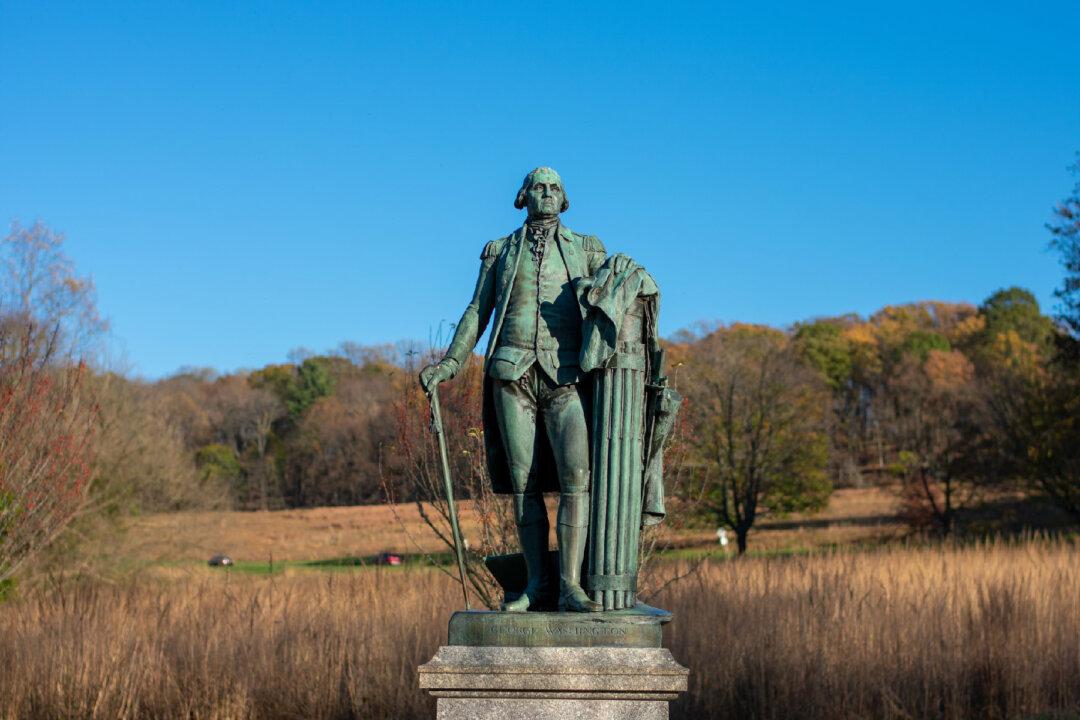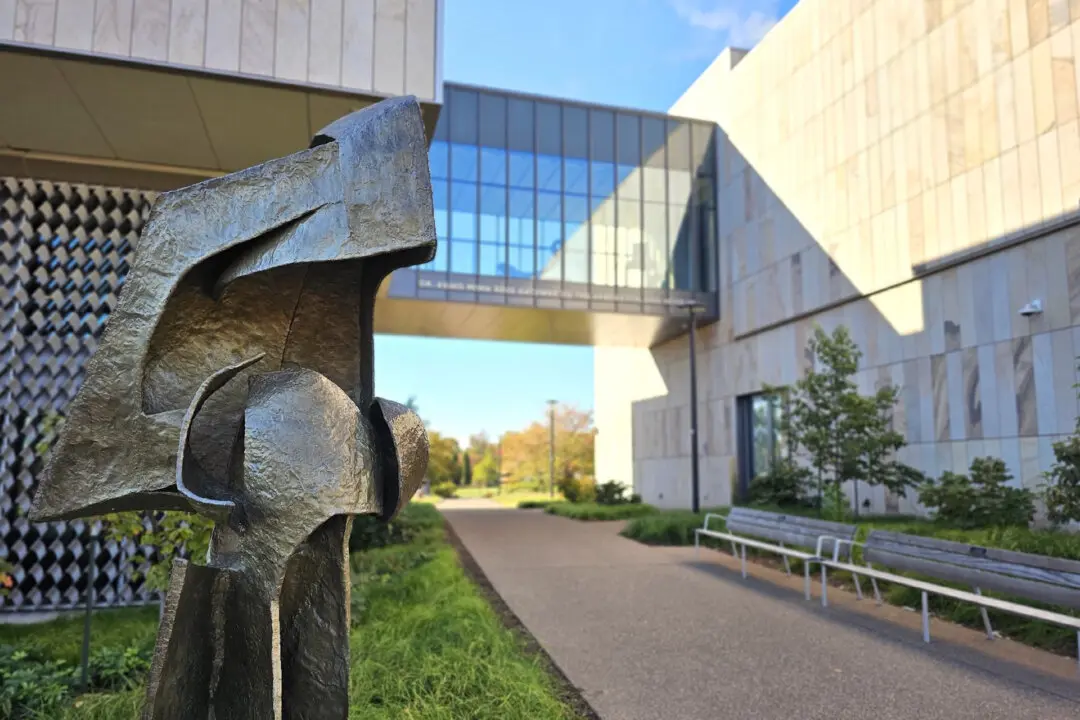In the fall of 1777, Gen. George Washington’s army was reeling from the crushing defeat it had suffered in Pennsylvania. British troops had won the battles of Brandywine and Germantown and occupied Philadelphia. Seeking a winter haven for his disheartened soldiers, Washington settled on Whitemarsh, Pennsylvania. But because it was so close to Philadelphia, the troops were distracted by continual skirmishes.
The Pennsylvania Colony’s legislature had different ideas. It demanded that the Continental Army wait out the frigid season at a safe haven in the countryside, yet close enough to Philadelphia to keep an eye on the enemy and be able to prevent a surprise attack.





